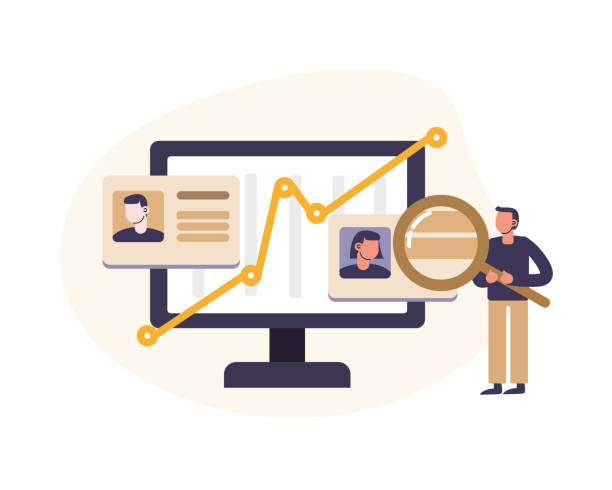Importance and Necessity of Global Presence with Multilingual Websites
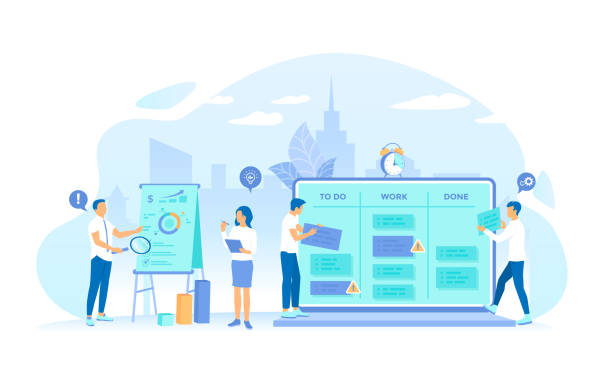
In the age of #information and global communication, being limited to one language or one geographical market no longer makes sense.
Businesses, to achieve #sustainable_growth and increase their market share, are compelled to expand their horizons to international markets.
In this context, multilingual website design emerges as a strategic necessity.
This approach is not merely about translating words, but about comprehensive localization of content, user experience, and even the target audience’s culture.
Many leading companies worldwide have realized that having a website that can communicate with users in different languages not only helps increase visitors but also leads to building trust and credibility among international audiences.
This is especially vital for businesses looking to export their products or services.
Reports indicate that a high percentage of online buyers prefer to purchase from websites whose content is available in their native language.
Failure to address this issue can mean missing countless opportunities in emerging markets and even traditional markets where various languages are common.
Therefore, recognizing this need and planning for it is the first step towards global success.
This is good news for companies that want to gain a competitive advantage and also a comprehensive explanation of why this is a necessity.
Is your company’s website as professional and trustworthy as it should be? With specialized corporate website design by Rasawweb, create an online presence that reflects your credibility and attracts more customers.
✅ Build a powerful and professional image for your brand
✅ Convert visitors into real customers
⚡ Get a free consultation now!
Competitive Advantages of Multilingual Website Design for Businesses

Implementing multilingual website design brings significant competitive advantages for businesses, extending beyond merely reaching more audiences.
First and foremost, this approach allows you to dramatically increase your penetration into global markets.
When your website is available in multiple languages, you not only become more accessible to native users in those countries, but your international SEO is also strengthened.
Search engines consider multilingual content for local rankings, which leads to an increase in organic traffic from different regions.
The second advantage is strengthening your brand’s credibility and trust.
A website that communicates with the user in their native language creates a sense of value and importance in them, showing that you care about their needs.
This is particularly important in cultures where language plays a central role in their identity.
The third advantage is increased conversion rates.
Research has shown that users are more likely to make a purchase or perform a desired action (like filling out a form) when they see content in their own language.
This is due to reduced language barriers and increased ease of understanding information.
Furthermore, a multilingual site can help reduce the Bounce Rate, as users find the content they are looking for in a language they understand as soon as they land on the site.
Finally, by providing this capability, you can outperform competitors who have not yet paid attention to this vital aspect of online business and position yourself as a leader in your industry.
This is a deep analysis of the benefits and a practical guide for any business.
Initial Planning and Strategy in Multilingual Website Design
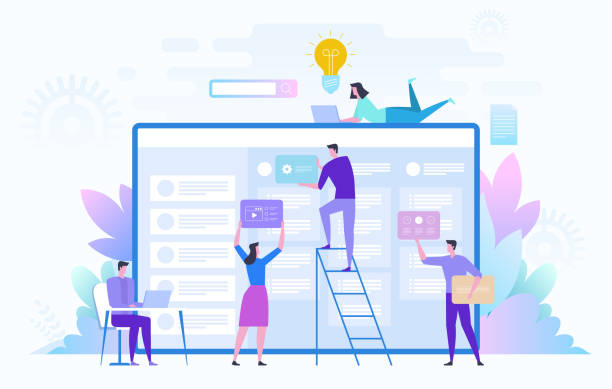
Before undertaking any practical steps for multilingual website design, thorough planning and a solid strategy are essential.
The first step is to identify target markets and the languages you intend to translate your website into.
This choice should be based on analytical data, such as current website traffic from different countries, market demand, and growth potential.
Next, you need to determine the type of content that requires translation; do only main pages and products need translation, or should blog content, FAQs, and support also be included? Deciding on the multilingual site architecture is one of the most critical parts, which can profoundly impact SEO and user experience.
Three main approaches include using subdirectories (e.g., yoursite.com/en/), subdomains (e.g., en.yoursite.com), and country-code top-level domains (ccTLDs) (e.g., yoursite.co.uk).
Each has its specific advantages and disadvantages that must be carefully considered.
Also, choosing a Content Management System (CMS) that adequately supports multilingual capabilities is crucial; CMSs like WordPress (with plugins such as WPML or Polylang), Drupal, and Joomla are popular choices.
Ignoring these initial steps can lead to significant technical and management challenges in the future.
This section serves as an educational and specialized guide for starting your multilingual website design journey.
| Approach | Advantages | Disadvantages | Use Cases |
|---|---|---|---|
| Subdirectory (example.com/en/) | Easy SEO management, cost-effective, everything under one domain | Requires a more powerful server to manage international traffic | Suitable for small and medium-sized businesses, blogs |
| Subdomain (en.example.com) | More flexibility in hosting, separate management for each language | Requires more complex technical configuration, needs separate SEO authority | Suitable for large companies, high-traffic projects |
| Country-code Top-Level Domains (example.co.uk) | Best for geographical targeting, high local credibility | Higher cost, managing multiple domains, requires independent SEO | Suitable for global brands, businesses with a strong regional presence |
Choosing the Right Platform and Tools for Multilingual Websites
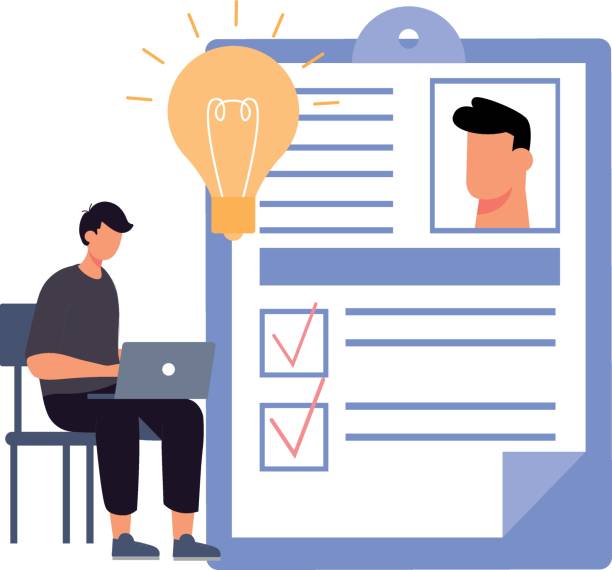
Choosing the right platform and tools plays a pivotal role in the multilingual website design process.
Various platforms are available for creating multilingual websites, each with its specific features and limitations.
Content Management Systems (CMS) such as WordPress with powerful plugins like WPML or Polylang, Drupal which is designed with multilingual capabilities from the outset, and Joomla, are popular choices for many businesses.
These CMSs provide easy content management in different languages, seamless switching between languages, and support for language-specific URLs.
Alongside the CMS, translation tools are also highly important.
Some platforms have built-in translation capabilities, while others require integration with automatic or manual translation services.
Automatic translation services like Google Translate API can speed up the process but lack the quality of human translation.
Therefore, using professional localized translators or reputable translation agencies for core and sensitive content is highly recommended.
Additionally, tools for string management and version control systems for translations can be helpful in large projects.
The correct selection of these tools not only simplifies the implementation process but also contributes to the long-term sustainability and scalability of your website.
This is a specialized guide to prevent potential future issues.
How much does losing business leads due to an unprofessional site cost you? Solve this problem forever with professional corporate website design by Rasawweb!
✅ Increase credibility and trust of potential customers
✅ Easier attraction of new business leads
⚡ Get a free consultation now!
Content Translation and Localization Process Quality in Multilingual Websites

Content quality in multilingual website design depends not only on accurate word-for-word translation but also on the complete localization of the message and concept.
Translation is not merely a mechanical step; it is a process that requires a deep understanding of cultural nuances, local idioms, and even specific humor of a language.
The first step in this process is to prepare a comprehensive list of all website content that needs translation, including text, images, videos, and even user interface elements.
Then, selecting professional translators whose native language is the target language and who are familiar with your industry is crucial.
These individuals can ensure that your message is not only accurately conveyed but also appealing and relevant to local audiences.
Localization goes beyond translating words and includes adapting units (such as currency, date, and time), address formats, phone numbers, and even colors and images to match cultural sensitivities.
For example, an image that is perfectly normal in one culture might be considered offensive in another.
Also, creating a glossary and style guide for translators greatly helps maintain consistency and coherence across all translations.
After translation is complete, reviewing and editing the content by another native proofreader is essential to ensure accuracy and fluency.
This educational and guiding process ensures that your multilingual site is not only understandable but also resonates with the hearts of your global audience.
Search Engine Optimization (SEO) for Multilingual Websites
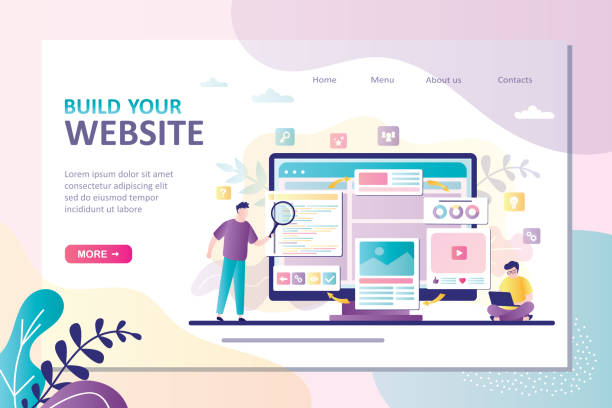
Search Engine Optimization (SEO) for multilingual website design is slightly more complex than for single-language sites and requires attention to specific details.
The first and most important element is the correct use of the `hreflang` tag.
This tag informs search engines like Google that similar pages exist for different languages or regions, thereby preventing duplicate content issues and helping the search engine display the correct version of the page to users with the appropriate language.
Every page of your website should have `hreflang` tags pointing to its various language versions.
Furthermore, URL structure is important.
As previously mentioned, using subdirectories, subdomains, or country-code top-level domains (ccTLDs) each has a different impact on SEO and must be chosen carefully.
Creating separate XML Sitemaps for each language and submitting them to Google Search Console is also recommended so that search engines are aware of all your language pages.
Keywords for each language should be researched and localized separately; direct translation of keywords usually does not yield good results, as search queries in different languages can be completely different.
High-quality, localized content, along with appropriate internal and external linking for each language version, helps strengthen your international SEO.
This specialized and guiding approach ensures the success of your multilingual site in search results.
User Experience (UX) and User Interface (UI) Design in Multilingual Website Design
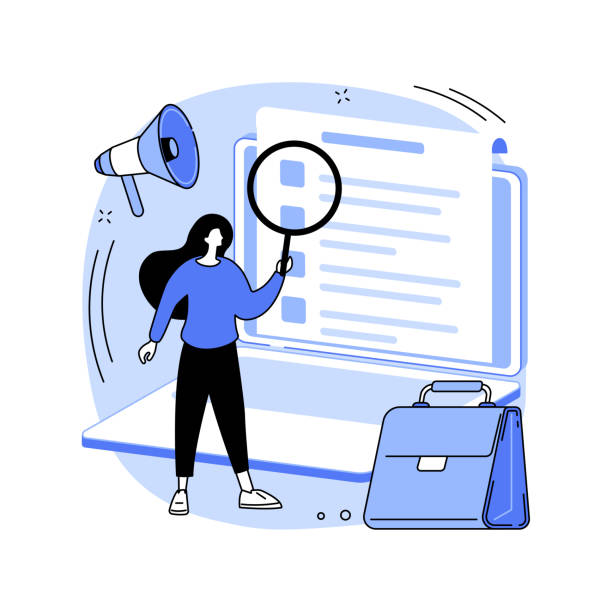
User Experience (UX) and User Interface (UI) design are of particular importance in multilingual website design.
A successful multilingual website not only provides translated content but also ensures that the overall user experience is seamless and enjoyable, regardless of language or geographical region.
One of the main challenges is providing an intuitive and accessible way to select a language.
The Language Switcher should be placed in a clear and visible location (usually in the header or footer of the site) and clearly indicate which language the user is currently in and what other languages are available.
Country flags alone should be avoided for displaying languages, as one country may have multiple languages, and one language may be spoken in multiple countries.
It is better to use the language code (e.g., EN for English) along with the full name of the language.
Also, in design, attention must be paid to text direction (e.g., right-to-left for Farsi and Arabic or left-to-right for English) and its impact on element layout.
Fonts must be able to display all characters of different languages correctly.
Page loading speed is also globally important; using Content Delivery Networks (CDNs) can help improve speed for users in different regions.
Are your users comfortable with these changes? This is a question you should constantly ask yourself.
If the user experience is disrupted for one of the languages, the entire effort for multilingual design will be ineffective.
Therefore, feedback from local users and usability testing are crucial.
This is a deep analysis and contains thought-provoking content to ensure the final quality of your product.
| UX Aspect | Best Practice | Common Mistake |
|---|---|---|
| Language Selection | Place switcher in a clear and consistent location (top right or left), use full language names (English, Persian) | Using country flags alone, hiding the switcher in the footer or nested menus |
| Visual Design | Support various text directions (RTL/LTR), choose fonts compatible with all languages | Ignoring text direction, using fonts that do not support special characters |
| Multimedia Content | Provide subtitles, dubbing, or translation for video/audio content, localize images and graphics | Failure to localize multimedia content, using culturally inappropriate images |
| Formats and Units | Display date, time, currency, and units according to local standards | Sticking to formats of one country, not converting currencies |
Maintenance and Content Updates for Multilingual Websites

After the multilingual website design process is complete and the site is launched, the work does not end.
Regular maintenance and updates of multilingual content are a vital part of your website’s long-term sustainability and success.
Website content is constantly changing; new products are added, services are updated, and blog articles are regularly published.
Any changes or additions of new content must be translated and localized into all supported languages.
Inconsistencies in content between different language versions can lead to user confusion, loss of trust, and even SEO problems.
Establishing a regular maintenance schedule and assigning responsibilities for each language is very important.
This schedule should include periodic checks for broken links, updating contact information, verifying prices and products, and ensuring the correct functioning of forms and website features in all languages.
Using a robust Content Management System (CMS) that provides translation management tools can simplify this process.
Also, continuous cooperation with native translators or translation agencies for quick and accurate updates is essential.
Neglecting this step can quickly lead to the obsolescence and reduced effectiveness of your multilingual site.
This is a specialized guide to ensure the continuous and optimal performance of your website.
Are you bothered by losing customers who visit your site to make a purchase?
Rasawweb is your specialized solution for having a successful online store.
✅ Significantly increase your online sales
✅ Build trust and professional branding with customers⚡ Get a free consultation from Rasawweb experts now!
Challenges and Common Mistakes in Multilingual Website Design Implementation
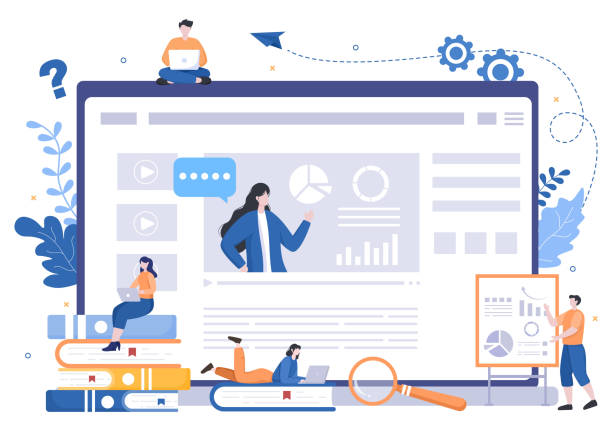
Despite the many advantages of multilingual website design, its implementation is not without challenges, and common mistakes can render efforts fruitless.
One of the biggest mistakes is relying solely on machine translation without human editing and localization.
Although automatic translation tools have improved, they can never fully grasp nuances, idioms, and cultural sensitivities, leading to dry, lifeless, and even humorous translations that harm your brand’s credibility.
Another mistake is neglecting international SEO and failing to use the `hreflang` tag correctly.
This can lead to SEO penalties, duplicate content issues, and incorrect display of your site in search results for international audiences.
Not planning for URL architecture from the outset leads to subsequent technical challenges.
Many companies also forget that translation is not just about text, but also includes images, videos, and all visual elements that need to be localized.
Assuming that all users use the same browser, device or internet speed is also a common error.
Finally, insufficient investment in continuous content maintenance and updates across all languages, quickly leads to your site’s information becoming outdated and inconsistent.
Are you ready to face these challenges? This section is an educational and thought-provoking guide to help you identify and avoid these problems and achieve a successful multilingual website design.
The Future of Multilingual Website Design and New Trends

The future of multilingual website design is bright and full of innovation.
With significant advancements in Artificial Intelligence (AI) and Machine Learning (ML), automatic translation tools are becoming smarter and gaining the ability to understand context and tone.
This can make the translation process faster and more cost-effective, although human oversight will still be essential to ensure final quality.
One important trend is personalizing the user experience based on language and region; this means the website not only displays in the correct language but also adjusts content, products, and even offers based on cultural preferences and specific regional needs.
Integration with voice assistants and multilingual chatbots is also increasing, allowing users to interact with the website in their native language and ask questions.
Virtual Reality (VR) and Augmented Reality (AR) can also play an increasing role in providing rich, multilingual experiences, especially in areas like tourism and education.
The increasing use of video and visual content also requires more advanced translation and localization solutions.
Finally, the concept of “Glocalization” is becoming more prominent; that is, presenting a global brand with an approach that is fully compatible with local cultures and needs.
This is a news and entertaining look at the future of this industry, bringing countless opportunities for businesses and developers.
Frequently Asked Questions
| Question | Answer |
|---|---|
| What is multilingual website design? | It is designing a website whose content is available to users in several different languages, allowing users to select their preferred language. |
| Why is a multilingual website important? | To reach international audiences, increase website traffic, improve user experience for non-Farsi-speaking visitors, and expand business in global markets. |
| What are the benefits of having a multilingual website? | Increased international SEO, attracting new customers from different countries, enhancing business credibility and professionalism, and reducing bounce rate by providing understandable content. |
| What are the methods for implementing a multilingual website? | Using subfolders (e.g., example.com/en/), subdomains (e.g., en.example.com), or separate country-code top-level domains (ccTLDs) for each language (e.g., example.com and example.de). |
| Which URL structure is best for international SEO? | Subdirectories (Subfolders) like example.com/en/ are often preferred for SEO due to the consolidation of domain authority, though each method has its pros and cons. |
| How does a multilingual website affect SEO? | By providing content in different languages, the site appears in local search results for those languages, click-through rates and traffic increase, and the overall domain authority of the site improves. Correct use of hreflang tags is crucial. |
| How is content translation managed? | Professional translators, machine translation tools (with human editing) or Content Management Systems (CMS) with built-in multilingual capabilities or relevant plugins can be used. |
| What are common challenges in multilingual website design? | Managing translated content, maintaining design consistency across different languages, compatibility with Right-to-Left (RTL) languages like Farsi and Arabic, optimizing SEO for each language, and choosing an appropriate URL structure. |
| How do I manage text direction (LTR/RTL) in a multilingual website? | For Right-to-Left languages (like Farsi), you need to apply specific CSS styles to change text direction, element layout, and table direction. Often by using the direction: rtl; property and other related settings. |
| How can users change the website language? | Usually by using a button, dropdown menu, or language switcher widget prominently placed in the header or footer of the site. Automatic detection of the user’s browser language and suggesting a language change is also common. |
And other services of Rasa Web Advertising Agency in the field of advertising
Smart Link Building: A specialized service for growth in customer acquisition based on optimizing key pages.
Smart Conversion Rate Optimization: A fast and efficient solution for user engagement focusing on attractive UI design.
Smart Marketplace: A fast and efficient solution for customer acquisition focusing on attractive UI design.
Smart Content Strategy: Designed for businesses seeking to increase sales through attractive UI design.
Smart Data Analysis: A fast and efficient solution for increasing click-through rates focusing on marketing automation.
And over hundreds of other services in the field of internet advertising, advertising consultation, and organizational solutions
Internet Advertising | Advertising Strategy | Advertorials
References
Benefits of Multilingual Site for Business ExpansionHow to do Multilingual SEO?Entering Global Markets with a WebsiteChoosing the Best CMS for a Multilingual Site
? Are you ready to elevate your business in the digital world? Rasawweb Afarin, a leading digital marketing agency, with expertise in Search Engine Optimization (SEO), content marketing, and responsive website design, offers innovative and comprehensive solutions for your growth and visibility. We help you achieve your business goals and surpass your competitors with a strong and impactful online presence.
📍 Tehran, Mirdamad Street, next to Bank Markazi, Kazeroon Jonoubi Alley, Ramin Alley, No. 6

